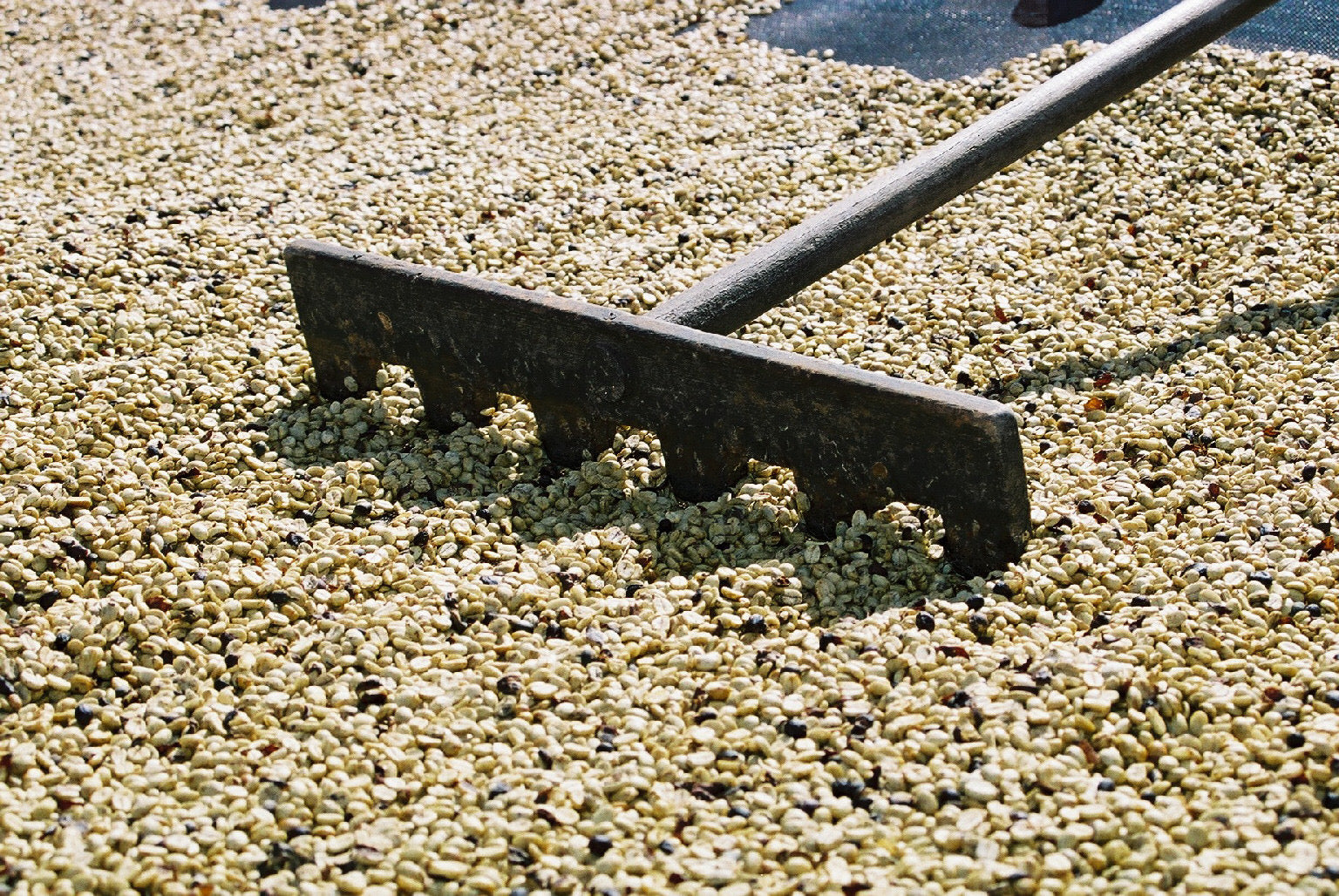Written by Carlos Bertin
“Tell me what you eat and I will tell you who you are” Jean Anthelme Brillat-Savarin
The number of tastes is infinite, since every soluble body has a special flavor which does not wholly resemble any other. Tastes are modified by their combinations with one, two, or a dozen others, so that it is virtually impossible to design a perfect flavour chart, listing them from the most attractive to the most repellent, from the strawberry to the gripping bitter apple. Not forgetting to mention the tropical flavours of my homeland (papayas, mangoes, pineapples, guavas, watermelons, jackfruits, passion fruits, coconuts, star fruits,, bananas and so on) that are still not part of the current flavour classification system for coffee tastes and flavours.
Originally published in 1995, the Coffee Taster's Flavour Wheel—one of the most iconic resources in the coffee industry—has been the industry standard for over two decades. In 2016, this valuable resource was updated in collaboration with the World Coffee Research (WCR).
The flavour wheel can be used either in casual tasting or professional coffee cupping. In either situation, the key is to taste mindfully. Prepare the coffee carefully, observing the coffee at different stages: the fragrance just after grinding, the aromas which escape the moment water hits the coffee grounds, and the flavours that fill the palate when the coffee is sipped. ‘Flavour’ is defined as a combination of taste and smell, and the flavour wheel contains attributes on the entire continuum between basic tastes (those things perceived only by the tongue) to pure aromatics (those things that only can be smelled). Most flavours are a mixture of the senses: the sourness and unique aromatics of the lemon, for example, or the sweetness, bitterness, and characteristic aromatics of molasses. Imagine your recent morning coffee and its' flavours. Now turn to the wheel.
The wheel’s design encourages the taster to start at the center, and work outward. The most general taste descriptors are near the center, and they get more specific as the tiers work outward. The taster can stop anywhere along the way, but the farther outward the taster works, the more specific the description might be. As an example, the coffee taster might detect a fruitiness when tasting a coffee from Ethiopia. Moving through the ‘fruity’ section of the wheel, they are confronted with a choice: is the fruitiness reminiscent of berries, dried fruit, citrus fruit, or something else? If the taster decides ‘citrus fruit’, they then can sharpen the descriptor: is it ‘grapefruit’, ‘orange’, ‘lemon’ or ‘lime’? Having identified that flavour, the taster can move back to the center and start again, zeroing in on another flavour, and another, until they feel their description of the coffee is complete. This is the basic function of the wheel, and can be used very simply at that level.
The great thing about these tools is that they form a foundational common language for coffee tasters. The existence of an industry-standard wheel means that all coffee professionals can study a common document, have it in our tasting labs and shops, and base our communication on a shared set of terms. While imaginative descriptors and flights of fancy are great, sometimes they make communication more difficult. In certain contexts, therefore, focusing on common language—illustrated in the wheel—is just the thing for those who seek to communicate about coffee and come to a shared understanding.
More ways to use this wheel will doubtlessly emerge as tasters, teachers, sensory scientists, and coffee professionals engage with and use this tool. We are eager to explore new techniques and ideas!
Selected References:
Shepherd, Gordon - How the Brain Creates Flavor and Why It Matters - 2012
McGee, Harold - On Food and Cooking - The Science and Lore of the Kitchen - 2004
Page, Karen & Dornenburg, Andrew - Culinary Artistry - 1996
Brillant-Savarin, Jean Anthelme - The Physiology of Taste - 1825 (No typo here!) First published in 1825.
www.sca.coffee


